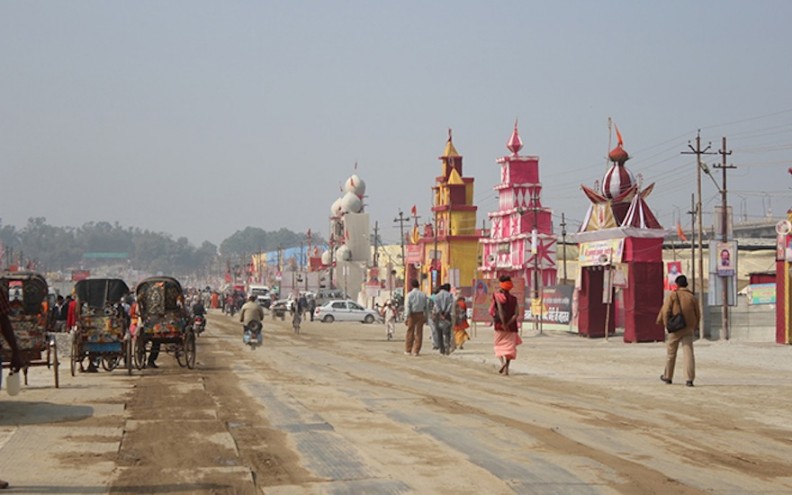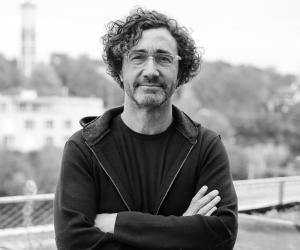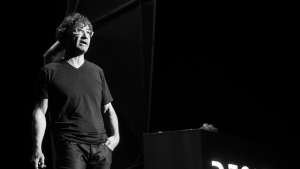Curated by Rahul Mehrotra of the Harvard Graduate School of Design and Felipe Vera and Diego Pinochet, both teachers DesignLab Universidad Adolfo Ibáñez in Chile, Temporalities Radical: The Landscape of Ephemeral Urbanism is an exhibition that showcases different types of temporary housing across the world.
The exhibition was curated as a part of the 2015 Shenzhen Biennale. Themed “Re-living the City”, the biennale focussed on “architecture that reflects the reuse and rethinking of existing buildings, the reimagination of our cities, and the remaking of our daily lives by design”.
Mehrotra, Vera and Pinochet analysed various cities to find temporary housing developments. Temporalities Radical understands urbanisation of these particular territories as a process in which the space is transformed into a development using reversible structures and simple construction elements.
Temporalities Radical examined transient housing developed out of a myriad of contexts. As human migration increases at an extraordinary rate due to modern global conflicts, the exhibition focussed on the need for temporary housing that has come with it.
The exhibition also includes examples of structures developed for the hajj, the annual Islamic pilgrimage to Mecca, as well as temporary facilities built to accommodate Hindu religious celebrations, such as Kumbh Mela, a religious celebration lasting 55 days and bringing together more than 100 million people.
Temporalities Radical considers natural disasters, induced or exacerbated by climate change, which require the establishment of temporary camps to protect large numbers of displaced people. Music festivals such as EXIT in Serbia, Coachella in California and Sziget in Budapest also received airplay in Temporalities Radical.
Mehrotra and Vera studied these cases in an effort to understand their own development processes. They seek to create new urban design typologies and plan future cities.
Alfredo Brillembourg, speaking at Design Indaba Conference, and Hubert Klumpner of Urban Think Tank curated the Shenzhen Biennale.
















